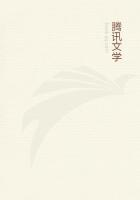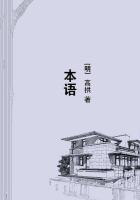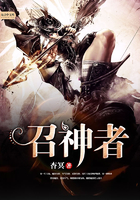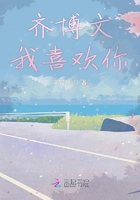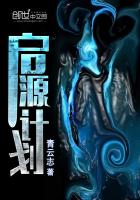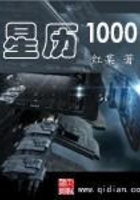The explanation is manifest on the theory of the natural selection of successive slight modifications, each modification being profitable in some way to the modified form, but often affecting by correlation of growth other parts of the organisation. In changes of this nature, there will be little or no tendency to modify the original pattern, or to transpose parts. The bones of a limb might be shortened and widened to any extent, and become gradually enveloped in thick membrane, so as to serve as a fin;or a webbed foot might have all its bones, or certain bones, lengthened to any extent, and the membrane connecting them increased to any extent, so as to serve as a wing: yet in all this great amount of modification there will be no tendency to alter the framework of bones or the relative connexion of the several parts. If we suppose that the ancient progenitor, the archetype as it may be called, of all mammals, had its limbs constructed on the existing general pattern, for whatever purpose they served, we can at once perceive the plain signification of the homologous construction of the limbs throughout the whole class. So with the mouths of insects, we have only to suppose that their common progenitor had an upper lip, mandibles, and two pair of maxillae, these parts being perhaps very ****** in form; and then natural selection will account for the infinite diversity in structure and function of the mouths of insects. Nevertheless, it is conceivable that the general pattern of an organ might become so much obscured as to be finally lost, by the atrophy and ultimately by the complete abortion of certain parts, by the soldering together of other parts, and by the doubling or multiplication of others, variations which we know to be within the limits of possibility. In the paddles of the extinct gigantic sea-lizards, and in the mouths of certain suctorial crustaceans, the general pattern seems to have been thus to a certain extent obscured.
There is another and equally curious branch of the present subject;namely, the comparison not of the same part in different members of a class, but of the different parts or organs in the same individual. Most physiologists believe that the bones of the skull are homologous with that is correspond in number and in relative connexion with the elemental parts of a certain number of vertebrae. The anterior and posterior limbs in each member of the vertebrate and articulate classes are plainly homologous. We see the same law in comparing the wonderfully complex jaws and legs in crustaceans.
It is familiar to almost every one, that in a flower the relative position of the sepals, petals, stamens, and pistils, as well as their intimate structure, are intelligible in the view that they consist of metamorphosed leaves, arranged in a spire. In monstrous plants, we often get direct evidence of the possibility of one organ being transformed into another; and we can actually see in embryonic crustaceans and in many other animals, and in flowers, that organs which when mature become extremely different, are at an early stage of growth exactly alike.
How inexplicable are these facts on the ordinary view of creation! Why should the brain be enclosed in a box composed of such numerous and such extraordinarily shaped pieces of bone? As Owen has remarked, the benefit derived from the yielding of the separate pieces in the act of parturition of mammals, will by no means explain the same construction in the skulls of birds. Why should similar bones have been created in the formation of the wing and leg of a bat, used as they are for such totally different purposes? Why should one crustacean, which has an extremely complex mouth formed of many parts, consequently always have fewer legs; or conversely, those with many legs have ******r mouths? Why should the sepals, petals, stamens, and pistils in any individual flower, though fitted for such widely different purposes, be all constructed on the same pattern ?
On the theory of natural selection, we can satisfactorily answer these questions. In the vertebrata, we see a series of internal vertebrae bearing certain processes and appendages; in the articulata, we see the body divided into a series of segments, bearing external appendages; and in flowering plants, we see a series of successive spiral whorls of leaves. An indefinite repetition of the same part or organ is the common characteristic (as Owen has observed) of all low or little-modified forms; therefore we may readily believe that the unknown progenitor of the vertebrata possessed many vertebrae;the unknown progenitor of the articulata, many segments; and the unknown progenitor of flowering plants, many spiral whorls of leaves. We have formerly seen that parts many times repeated are eminently liable to vary in number and structure; consequently it is quite probable that natural selection, during a long-continued course of modification, should have seized on a certain number of the primordially similar elements, many times repeated, and have adapted them to the most diverse purposes. And as the whole amount of modification will have been effected by slight successive steps, we need not wonder at discovering in such parts or organs, a certain degree of fundamental resemblance, retained by the strong principle of inheritance.
In the great class of molluscs, though we can homologise the parts of one species with those of another and distinct species, we can indicate but few serial homologies; that is, we are seldom enabled to say that one part or organ is homologous with another in the same individual. And we can understand this fact; for in molluscs, even in the lowest members of the class, we do not find nearly so much indefinite repetition of any one part, as we find in the other great classes of the animal and vegetable kingdoms.

